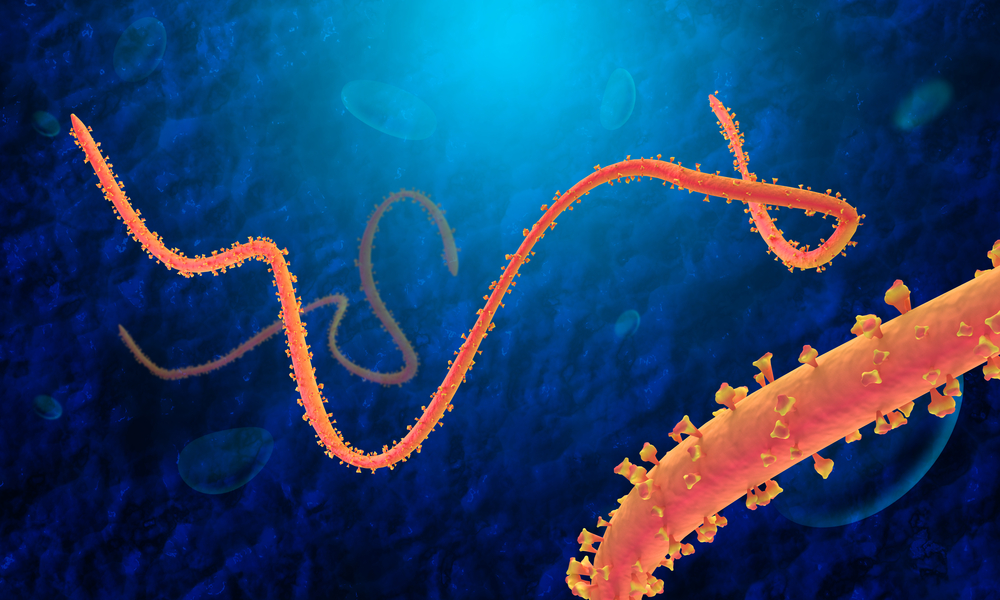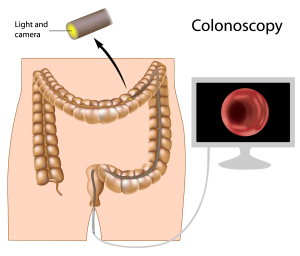We usually categorise diseases into two types. One is communicable and other is non communicable. A communicable disease is that type which can get easily transmitted from one person to another through airborne viruses or bacteria, and also through blood. These diseases are often contagious and infectious. One of the most serious and contagious condition are transmitted via sexual intercourse.











